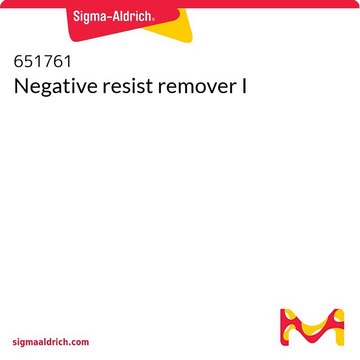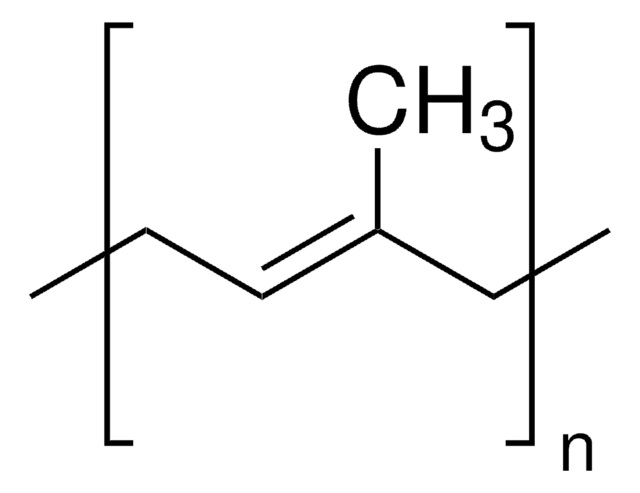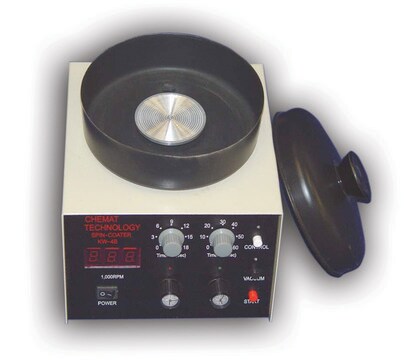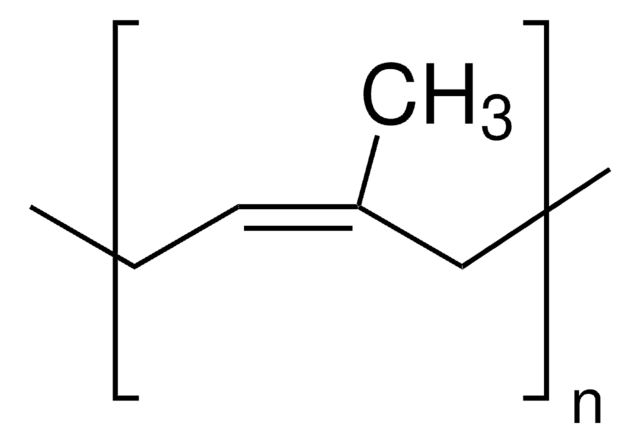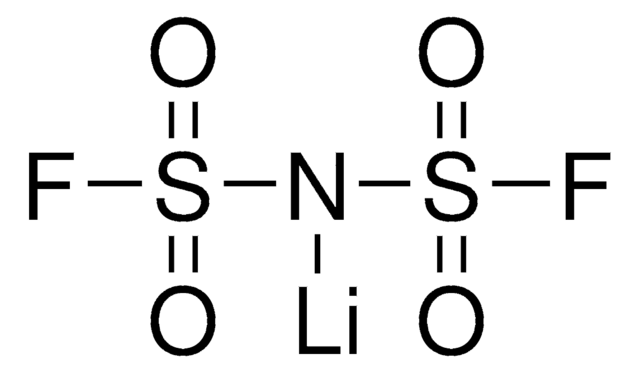Wichtige Dokumente
651796
Negativ-Photoresist I
About This Item
Empfohlene Produkte
Mol-Gew.
average Mw 60,000-70,000 (polyisoprene)
Qualitätsniveau
Zusammensetzung
solids, 27-29 wt. %
Dielektrizitätskonstante
2.4
Oberflächenspannung
29.2 dyn/cm
Viskosität
465-535 cP(25 °C)
bp
122-142 °C (lit.)
Dichte
0.89 g/mL at 25 °C (lit.)
λmax
310-480 nm
Lagertemp.
2-8°C
InChI
1S/C14H28O2/c1-4-5-6-7-8-9-10-13-15-11-14(2,3)12-16-13/h13H,4-12H2,1-3H3
InChIKey
UBZVSDZJBLSIJG-UHFFFAOYSA-N
Verwandte Kategorien
Allgemeine Beschreibung
Signalwort
Danger
Gefahreneinstufungen
Acute Tox. 4 Dermal - Acute Tox. 4 Inhalation - Aquatic Chronic 3 - Asp. Tox. 1 - Eye Irrit. 2 - Flam. Liq. 3 - Repr. 1B - Skin Irrit. 2 - STOT SE 3
Zielorgane
Respiratory system
Lagerklassenschlüssel
3 - Flammable liquids
WGK
WGK 3
Flammpunkt (°F)
75.2 °F - closed cup
Flammpunkt (°C)
24 °C - closed cup
Persönliche Schutzausrüstung
Eyeshields, Faceshields, Gloves, type ABEK (EN14387) respirator filter
Hier finden Sie alle aktuellen Versionen:
Besitzen Sie dieses Produkt bereits?
In der Dokumentenbibliothek finden Sie die Dokumentation zu den Produkten, die Sie kürzlich erworben haben.
Protokolle
Our photoresist kit was designed to have the necessary chemical components for each step in the lithographic process. The component materials are provided in pre-weighed quantities for your convenience. Etchants are available separately so that the proper etchant can be chosen for a variety of substrate choices.
Unser Team von Wissenschaftlern verfügt über Erfahrung in allen Forschungsbereichen einschließlich Life Science, Materialwissenschaften, chemischer Synthese, Chromatographie, Analytik und vielen mehr..
Setzen Sie sich mit dem technischen Dienst in Verbindung.

